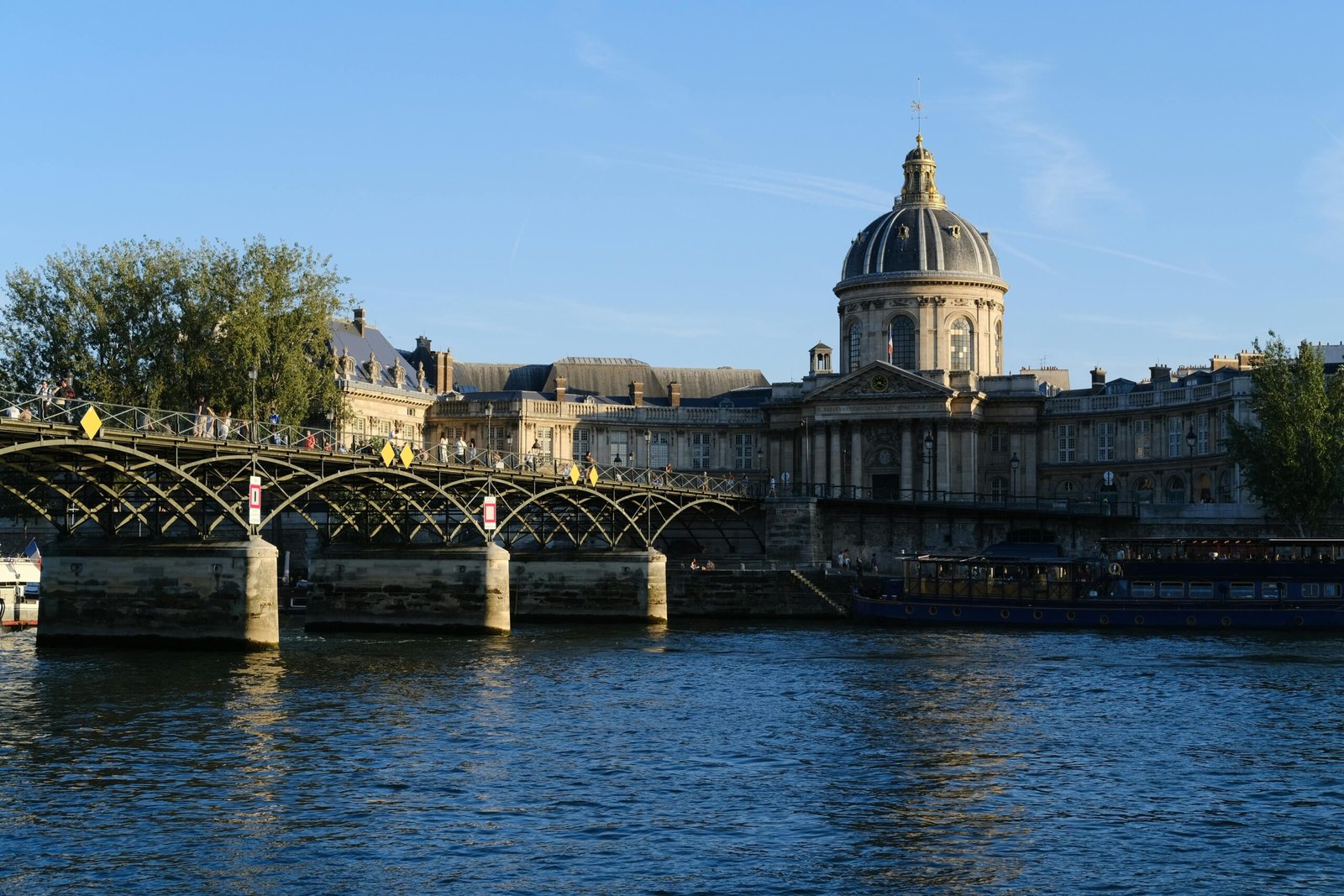The Ultimate Guide to the Biggest Cities in Europe (2025)
Are you wondering what the biggest cities in europe are? You are in the right place. This guide explores the most populous urban centers on the continent. Moreover, it provides a clear ranking for 2025. Many people think of London or Paris first. However, the list holds some surprises.
What Defines a ‘Big’ City in Europe?
Before we dive into the list, it is important to clarify how we measure a city’s size. We can look at the population within the official city limits. This is known as the ‘city proper’. However, a more accurate method is to consider the ‘metropolitan area’. This includes the main city and its surrounding suburban areas. Consequently, this article uses metropolitan area population for a true sense of scale.
The Top 5 Biggest Cities in Europe by Population
Europe is home to some incredible metropolises. Each one offers a unique blend of history, culture, and modern life. Let’s explore the top five giants.
-
1. Istanbul, Turkey
Straddling both Europe and Asia, Istanbul is undeniably one of the biggest cities in Europe. In fact, it’s the largest. Its vast metropolitan area is home to over 15.5 million people. This historic city was once the heart of the Byzantine and Ottoman Empires. Today, it remains a vibrant hub of commerce and culture.
-
2. Moscow, Russia
Next on our list is Moscow, the capital of Russia. With more than 12.5 million residents in its urban area, it is a city of grand scale. The Kremlin and Red Square are iconic symbols recognized worldwide. Furthermore, Moscow is a major political, economic, and scientific center for Eastern Europe.
-
3. London, United Kingdom
London is a timeless global city. It has a population of around 9.5 million people in its metropolitan area. For centuries, it has been a leading center for finance, arts, and fashion. Despite Brexit, its influence remains enormous. Therefore, it easily secures a spot on this list.
-
4. Paris, France
The ‘City of Light’ is another of Europe’s giants. The Paris metropolitan area has over 11 million inhabitants. Besides its romantic image, Paris is a critical hub for international business and diplomacy. Of course, its cultural landmarks like the Eiffel Tower and the Louvre attract millions of visitors yearly.
-
5. Madrid, Spain
Finally, we have Madrid. Spain’s capital is a bustling city known for its lively arts scene and energetic nightlife. Its metropolitan area includes approximately 6.7 million people. Madrid is a key economic driver for Southern Europe and continues to grow in influence.
Other Major European Urban Centers to Know
While the top five are impressive, Europe has many other large and influential cities. These places also play a crucial role on the continent. Here are a few more to keep on your radar:
- Berlin, Germany: Germany’s capital is a hub of creativity and history, with a population of around 6.1 million in its metro area.
- Rome, Italy: The ‘Eternal City’ combines ancient history with modern life and is home to about 4.3 million people.
- Athens, Greece: As the cradle of Western civilization, Athens remains a significant urban center with over 3.7 million residents.
- Kyiv, Ukraine: A historic city in Eastern Europe with a metropolitan population of around 3.5 million people.
In conclusion, the biggest cities in Europe are a diverse group. They range from the transcontinental giant of Istanbul to the historic capitals of the west. Each city tells a unique story of history, growth, and culture. Hopefully, this guide has given you a clearer picture of Europe’s urban landscape.


